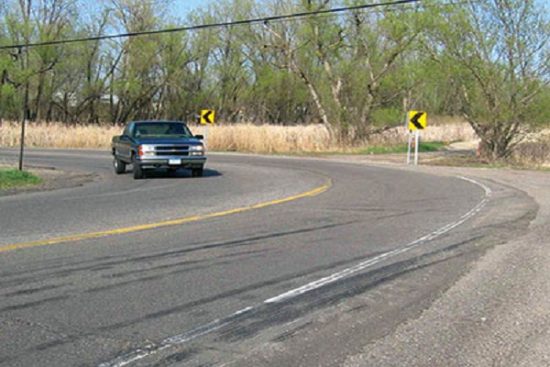- Course No E – 1759
- PDH Units: 1
No data found for Custom Course Number
No data found for Custom Course Units
- Course No E – 1759
- PDH Units: 1
Intended Audience: Traffic engineers and other transportation professionals
PDH UNITS: 1
In this online engineering PDH course, estimates are discussed of the crash reduction expected if various countermeasures are implemented with respect to roadway departure and other non-intersection crashes. The estimates are presented as Crash Reduction Factors (CRFs). Traffic engineers and other transportation professionals can use the information contained in this course when asking the following types of question: Which countermeasures might be considered along a particular section of a highway that is experiencing a high number of roadway departure crashes? What changes in the number of roadway departure crashes can be expected with the implementation of the various countermeasures? To answer questions like these, in this course CRFs are presented in separate tables for barrier, bridge, geometric, median, roadside, and signs/markings/operational countermeasures. This course is based on the document, Toolbox of Countermeasures and Their Potential Effectiveness for Roadway Departure Crashes, FHWA-SA-014 - May 2008, which can be accessed from https://safety.fhwa.dot.gov/ped_bike/tools_solve/ped_tctpepc/
Learning Objectives
At the conclusion of this course, you’ll be able to identify and discuss:- Define “crash reduction factors”;
- Identify CRFs for barrier, bridge, geometric, median, roadside, and signs/markings/operational countermeasures;
- Explain how crash severity and road type are taken into account; and
- Calculate the 95% confidence interval for the potential CRF that might be achieved by implementing the countermeasure.
Once completed, your order and certificate of completion will be available in your profile when you’re logged in to the site.










